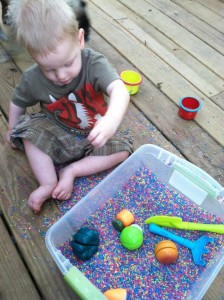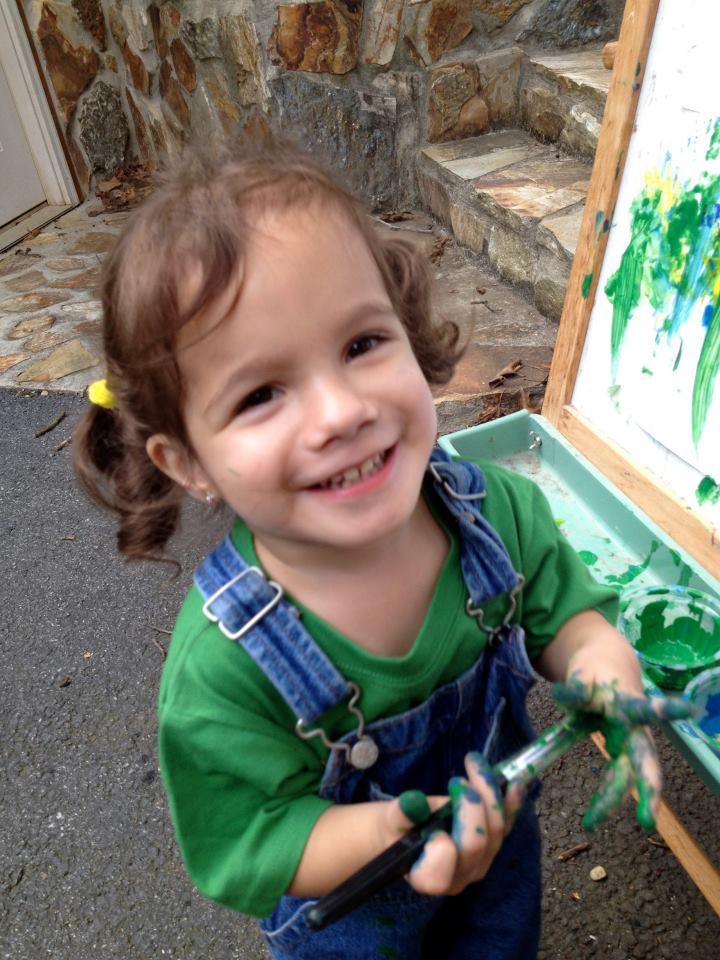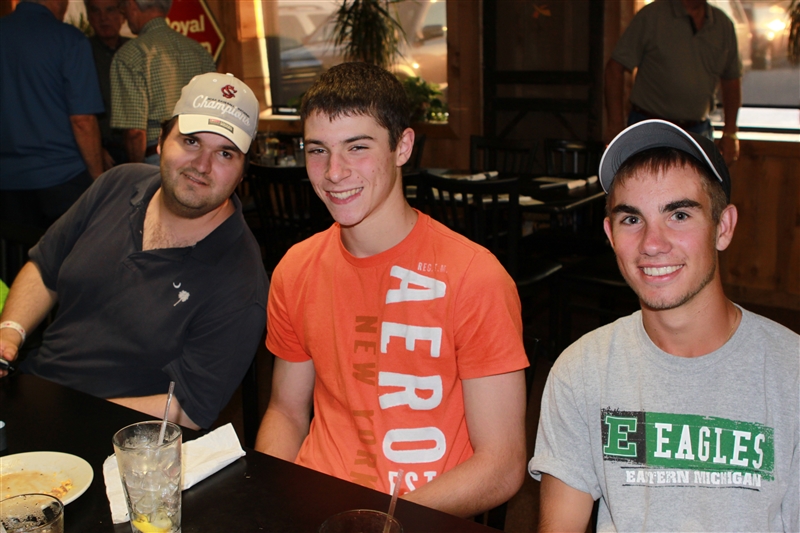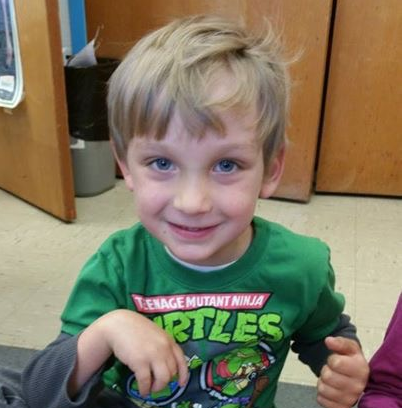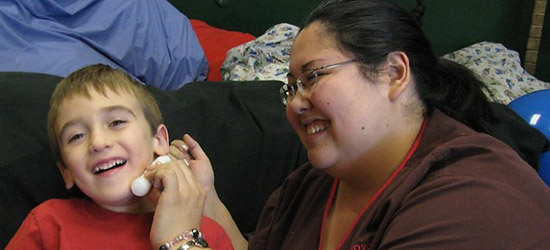
Kids with hemiplegia often have a sensory processing disorder. Another label – just what you need, right? It just means that they have a different way of processing sensations. Some kids crave input – they want to run, touch, wrestle, and grab everything. Other kids are just the opposite – they avoid touch, hate tags in clothing, and are startled by loud noises and lights. Some kids have a combination – wanting to spin forever in a swing but freaking out in a loud movie theater.
The theory of sensory integration was developed by A. Jean Ayres, an occupational therapist with a special interest in neuroscience and educational psychology. Ayres’ theory explains the relationship between the brain and the way the body handles sensations which are taken in through the five senses – touch, sound, sight, taste, and smell.
Sensory Processing Disorder Foundation
Sensitivity to Sound
Sensory Play Ideas
Find new ways to help your child comfortably explore his or her environment and take in new sensations. Make it fun!
Toby’s mom created a “rainbow rice” sensory garden where Toby can “plant” his favorite fruit and veggies. Katie dyed the rice, tossed in some fun toys, and encouraged Toby to play. Katie reminds parents to keep watch so their little one doesn’t eat the rice.
Sensory Play Ideas
Large Motor
Run; jump; hop; wrestle; skip; play leap frog; put cushions on the floor and climb on them; swing; spin on a tire swing; spin in circles; run in circles; pretend you’re an airplane and run; give massages
Sound
Sing; play musical instruments; drum; play the “quiet game”; listen to soft music; vary the volume of music as you listen; sing softly; sing loudly; try to identify sounds in nature
Explore Textures
Paint with just about any food (yogurt, pudding, whipped cream) – use your hands and feet; make a book or puzzle using different textures; give each other butterfly kisses (gently bat your eyelashes against someone’s face); play with playdough or cookie dough; paint on a mirror with shaving cream; paint in the bath with bath crayons; put items in a bag, reach in and try to identify the item
Oral-Motor
Eat a variety of foods, lick lemons and other foods that have strong flavors; lick ice cream on a cone; blow pinwheels, feathers, and whistles; blow bubbles
Favorite Books on Sensory Issues and Sensory Integration
When the Brain Can’t Hear : Unraveling the Mystery of Auditory Processing Disorder – Terri Bellis
The Out-of-Sync Child : Recognizing and Coping With Sensory Integration Dysfunction – Carol Stock Kranowitz
The Out-Of-Sync Child Has Fun: Activities for Kids With Sensory Integration Dysfunction – Carol Stock Kranowitz
Parenting a Child with Sensory Processing Disorder – Christopher Auer and Susan Blumberg
Understanding Sensory Dysfunction: Learning, Development And Sensory Dysfunction In Autism Spectrum Disorders ADHD, Learning Disabilities and Bipolar Disorder – Polly Godwin Emmons, Liz McKendry Anderson
Raising a Sensory Smart Child: The Definitive Handbook for Helping Your Child with Sensory Integration Issues – Lindsey Biel, Nancy Peske
Sensory Integration and the Child – A. Jean Ayres
Building Bridges through Sensory Integration – Ellen Yack, Paula Aquilla, Shirley Sutton
Sensory Secrets: How to Jump-Start Learning in Children – Catherine Schneider
Answers to Questions Teachers Ask About Sensory Integration – Carol Stock Kranowitz, Deanna Iris Sava, Elizabeth Haber, Lynn Balzer-Martin, Stacey Szklut
101 Activities for Kids in Tight Spaces : At the Doctor’s Office, on Car, Train, and Plane Trips, Home Sick in Bed – Carol S. Kranowitz
Too Loud, Too Bright, Too Fast, Too Tight: What to Do If You Are Sensory Defensive in an Overstimulating World – Sharon Heller
Occupational Therapy for Children With Special Needs: Occupational Therapy for Children With Problems in Learning, Co-Ordination, Language, and Behaviour – Elaine Wilson and Helen Edwards
Dr. Larry Silver’s Advice to Parents on Attention-Deficit Hyperactivity Disorder – Larry Silver, MD



